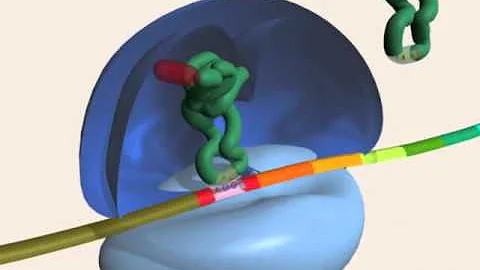Como ocorre um aneurisma cerebral?

Como ocorre um aneurisma cerebral?
O aneurisma cerebral é uma dilatação num dos vasos sanguíneos que levam sangue até ao cérebro. Quando isso acontece, a parte dilatada geralmente apresenta uma parede mais fina e, por isso existe um elevado risco de romper.
Quais são os sintomas de um aneurisma na cabeça?
Os sintomas de um aneurisma cerebral que rompe podem ser:
- Dor de cabeça muito intensa;
- Desmaio;
- Vômitos e náuseas constantes;
- Sensibilidade à luz;
- Pescoço duro;
- Dificuldade para caminhar ou tonturas repentinas;
- Convulsões.
Quais os cuidados para quem tem aneurisma cerebral?
A pessoa que não deve, não pode ou não quer ser operada precisa manter controle rigoroso da pressão arterial, não fumar e evitar esforços físicos. No tratamento dos aneurismas cerebrais, a embolização por via endovascular é hoje uma importante forma terapêutica.
What causes a cerebral aneurysm?
- Causes & symptoms. Cerebral aneurysms can be caused by brain trauma, infection, hardening of the arteries (atherosclerosis), or abnormal rapid cell growth (neoplastic disease), but most seem to arise from a congenital, or developmental, defect.
What is the treatment for cerebral aneurysm?
- Broadly, three treatment options for people with the diagnosis of cerebral aneurysm include: medical (non-surgical) therapy. surgical therapy or clipping and. endovascular therapy or coiling with or without adjunctive devices.
How bad is an aneurysm?
- The most serious threat of an aneurysm is that it will burst and cause a stroke or massive bleeding, which can be life-threatening. A large aneurysm can affect your circulation and lead to blood clots.
What is aneurysm and what causes it?
- An aneurysm is a bulge or swelling of part of an artery caused by a weakening of the walls of the vessel. Weakening may be caused by trauma, lifestyle, and environmental factors. A condition called atherosclerosis is a common cause of aneurysms, and is a condition in which the walls of the artery harden,...















